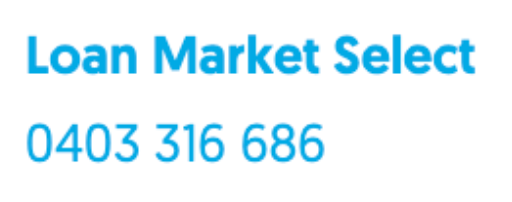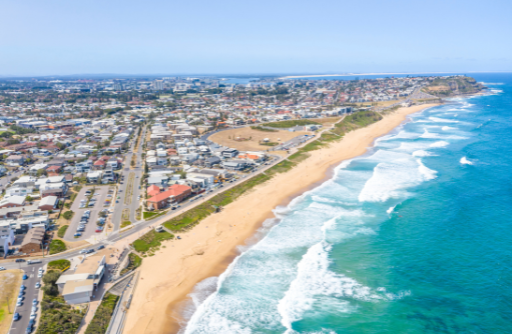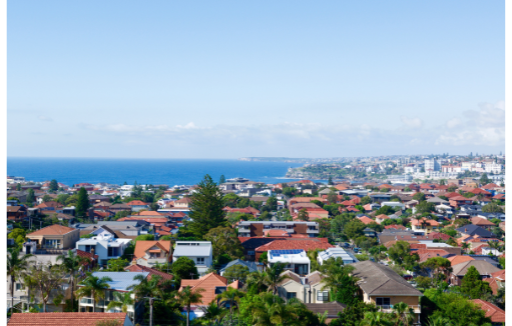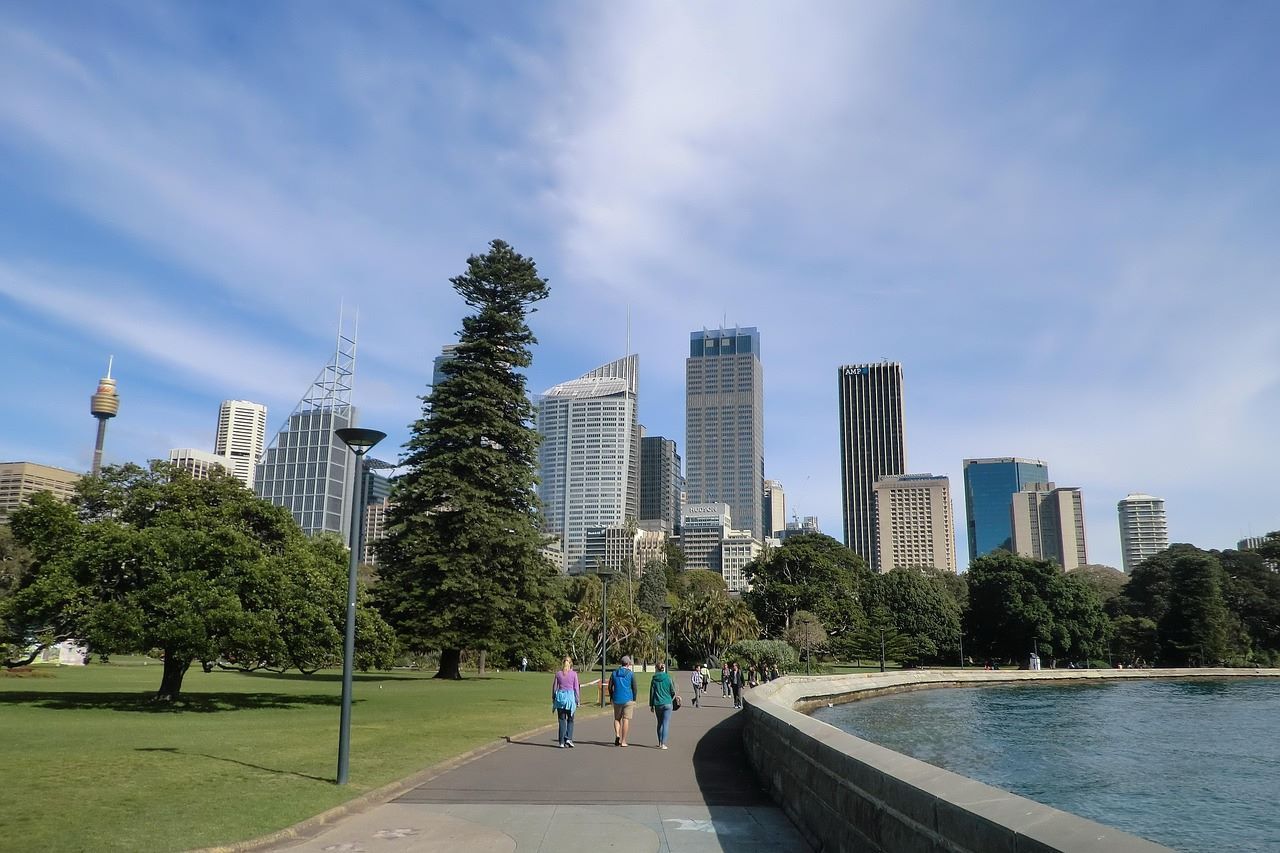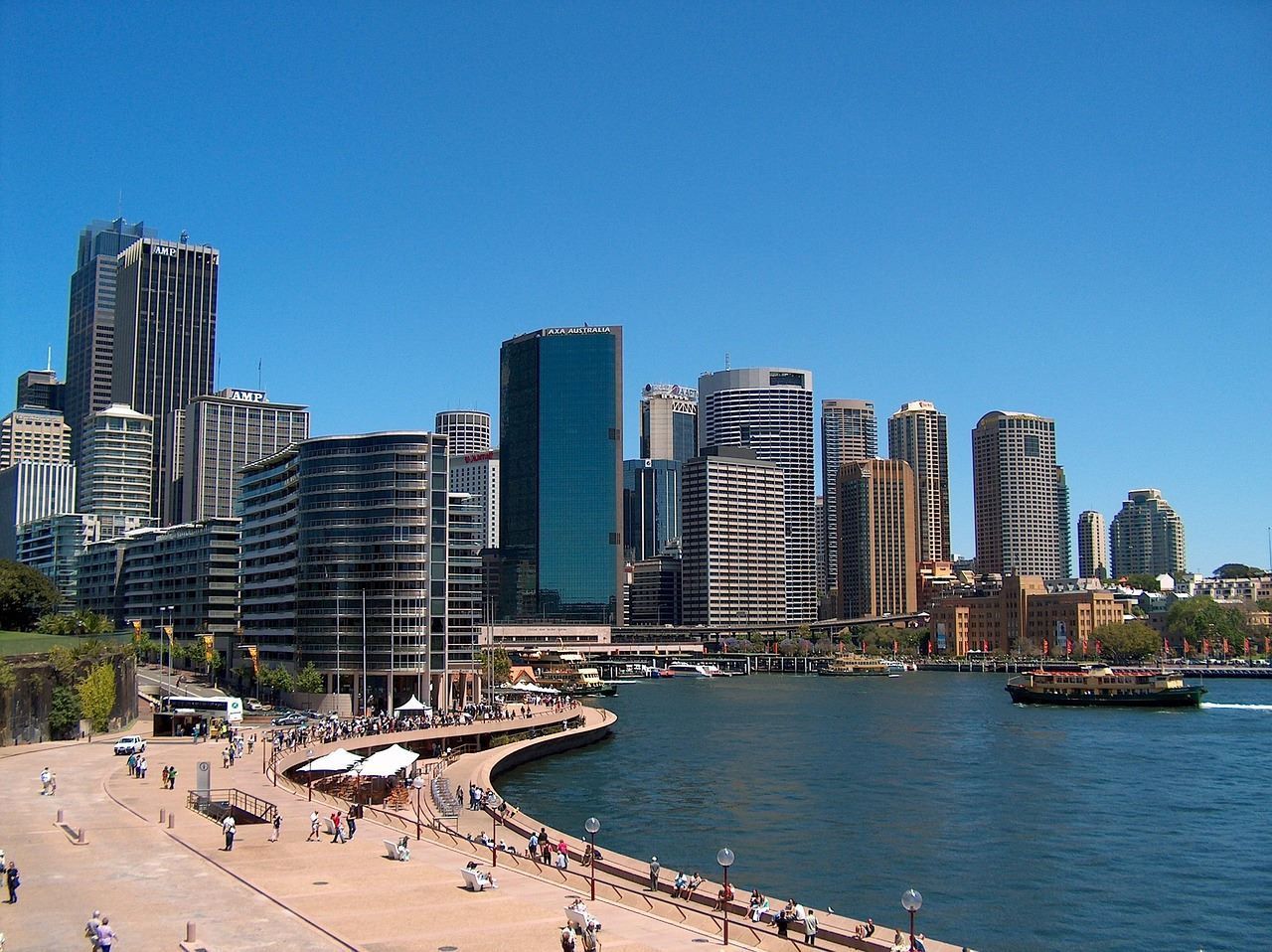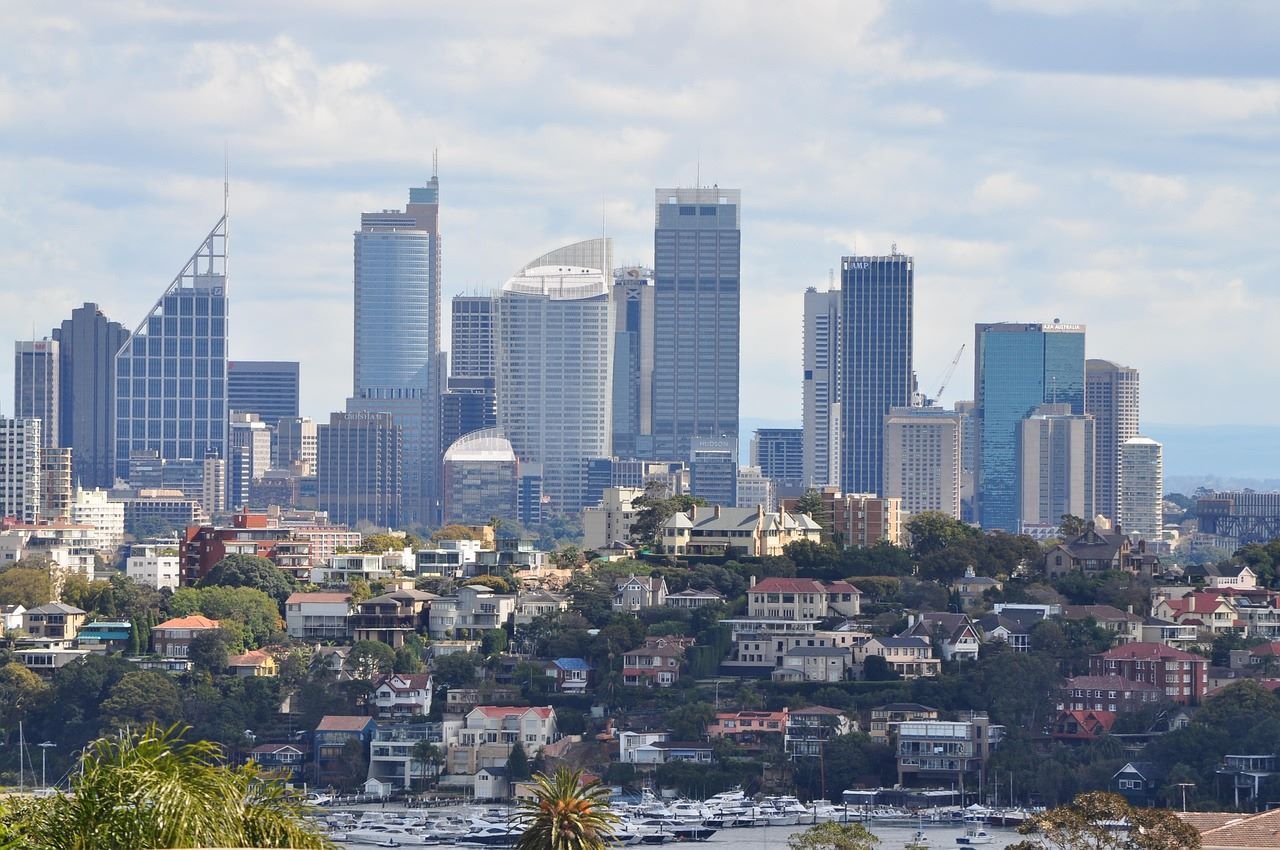How to Secure Home Loans for Bankrupts in Northern Beaches, Sydney
Finding home loans for bankrupts in Northern Beaches, Sydney, can feel like navigating an uphill battle. Bankruptcy leaves lasting marks on credit histories, making lenders wary and pushing borrowers toward stricter terms.
For many, the challenge lies in meeting lender requirements like higher deposits or a steady financial history. Thankfully, mortgage brokers specialise in connecting people with specialist lenders who understand complex financial circumstances.
With the right guidance, owning a home after bankruptcy is within reach. Let’s explore the key steps and tips that can help you move forward - despite financial hardship.
🏡 Need Home Loan help?
We've helped thousands of locals.
Just call us on 0403 316 686
Or visit our website homepage
What Are Home Loans for Bankrupts in Northern Beaches?
Home loans for bankrupts are specially tailored loans available to individuals who have previously declared bankruptcy but now want to buy a home.
Unlike regular mortgage options, these loans are structured to accommodate higher-risk borrowers, including those with a history of financial difficulties. In comparison to traditional home loans, these products often come with terms that maybe favourable with people dealing with bankruptcy.
Bankruptcy Explained – Impact on Home Loans
Bankruptcy can offer a fresh financial start, but it comes with significant consequences, especially for those seeking home loans for bankrupts.
In Australia, bankruptcy is a legal process that helps individuals manage unmanageable debts but also impacts their credit record and borrowing ability. Lenders often view bankrupt individuals as high-risk borrowers due to a less-than-stellar credit history and past financial difficulties.
For those looking to buy a home, bankruptcy often means stricter eligibility criteria, such as higher deposit requirements, reliance on specialist lenders, and limited access to regular mortgages. While bankruptcy can affect loan terms, understanding its impact and working on financial recovery during the bankruptcy period is crucial to improving future opportunities.
Types of Bankruptcy in Australia
In Australia, bankruptcy and other debt resolution options are regulated by the Bankruptcy Act 1966. These processes help individuals manage unmanageable debts while affecting their credit record and financial future.
1. Full Bankruptcy
This is the most common type of bankruptcy in Australia. Declaring bankruptcy means handing control of your financial affairs to a trustee who manages your types of debt, secured debts, and current debts.
While you may lose control of your assets, including property, it wipes out most debts after the bankruptcy discharge period (usually three years and one day).
2. Debt Agreement
A debt agreement, also known as a Part IX (9), is a legally binding arrangement between you and your creditors to repay some of what you owe. It is often an alternative to bankruptcy for those with limited assets and steady income.
A debt agreement is recorded on your credit record for five years and impacts your ability to apply for loans, including bankruptcy home loans. Understanding which process applies to your situation is critical when planning your financial future.
How Bankruptcy Affects Credit Scores and Mortgages
Bankruptcy has a severe impact on your credit score and ability to access credit home loans. A bankruptcy listing remains on your credit histories for five years (or two years after discharge, whichever is longer) and signals to lenders that you’re a risk borrower.
This drop in credit score limits access to standard home loans from traditional banks and major lenders. It often pushes borrowers toward non-bank lenders or alternative lending specialists.
Additionally, borrowers might face higher interest rates, stricter lending criteria, and larger deposit requirements when applying for a bankruptcy loan. However, consistent payments on time and improved financial management can gradually repair your credit score and improve access to better loan options.
Typical Waiting Periods for Loan Eligibility
The waiting period for a loan after bankruptcy depends on the type of bankruptcy and the lender’s policies. In Australia, the usual waiting period is:
- Bankruptcy Discharge Period: After the mandatory three-year bankruptcy period, you can start applying for credit products. However, access to major lenders and prime loans may still be limited.
- Debt Agreement: With a debt agreement, you may qualify for loans sooner, but it’s critical to show improved financial behaviour and genuine savings during this time period.
Some specialist lenders may consider applications during bankruptcy for bad credit loans or non-conforming loans. However, borrowers often need a strong financial recovery plan, a larger deposit, and a stable source of income to meet lending criteria.
Northern Beaches Real Estate Landscape Post-Bankruptcy
The Northern Beaches property market remains highly sought after, with median house prices sitting at approximately $2.7 million in 2023, while units average around $1.1 million (CoreLogic).
For recovering borrowers, suburbs like Dee Why and Narrabeen offer more affordable options compared to premium areas such as Manly or Palm Beach, where prices often exceed $3 million.
According to ABS data, property ownership rates in Sydney have remained steady, but first-home buyers account for just 15% of the market due to rising prices. This highlights the importance of careful planning, especially in high-value areas like Northern Beaches.
For borrowers post-bankruptcy, working with a broker ensures you can find a property and lending solutions that suits both your financial situation and long-term goals.
🏡 Need Home Loan help?
We've helped thousands of locals.
Just call us on 0403 316 686
Or visit our website homepage
Types of Home Loans for Bankrupts
Even with a history of bankruptcy, there are loan options available to help borrowers in Northern Beaches get back on the property ladder. Here are some specific types of home loans suited for bankrupt individuals, along with government grants that can help reduce costs:
Bad Credit Home Loans
These loans are designed for individuals with poor credit histories or previous bankruptcy. They usually come with higher interest rates and deposit requirements but offer flexible criteria, making them a good fit for high-risk borrowers.
Non-Conforming Home Loans
Offered by non-bank lenders, these loans cater to borrowers who don’t meet traditional lending criteria. While interest rates can be higher, they’re ideal for those with current debts or irregular credit histories.
Debt Consolidation Loans
This option combines multiple debts, like credit card debt or personal loans, into one manageable loan. By simplifying repayments, borrowers can rebuild their finances and eventually transition to a regular mortgage.
Low Deposit Home Loans
Some specialist lenders offer loans with lower deposit requirements for borrowers with stable income and strong financial recovery. These loans often require evidence of genuine savings to demonstrate financial discipline.
First Home Buyer Loans with Grants
The First Home Owner Grant (FHOG) provides $10,000 for eligible buyers purchasing a new property under $1.5 million. This grant can help offset costs for those entering the property market after a bankruptcy discharge.
Guarantor Home Loans
With the help of a guarantor, such as a family member, borrowers can secure a loan with a smaller deposit. This option minimises the lender’s risk while helping borrowers with a less-than-stellar credit history.
These types of loans provide pathways for bankrupt borrowers to rebuild and achieve homeownership in Northern Beaches. Mortgage brokers can guide you to lenders who specialise in these options, ensuring you find the best solution for your financial circumstances.
Eligibility Requirement for Bankrupts Home Loans in Northern Beaches
To qualify for home loans for bankrupts, you'll need to meet certain requirements that demonstrate financial stability and readiness. Each item below will help reassure credit providers and specialist lenders of your ability to manage a mortgage after bankruptcy.
- Bankruptcy Discharge Certificate: A bankruptcy discharge certificate confirms the end of your bankruptcy period, proving that you’ve completed all obligations. This document is essential for most lenders before considering any loan application post-bankruptcy.
- Proof of Income: Lenders require evidence of a steady income to ensure you can handle monthly mortgage payments. This may include payslips, tax returns, and bank statements that show your primary source of income over a consistent period of time.
- Larger Deposit: A larger deposit, typically around 20-30% of the property value, reduces risk for lenders and shows your commitment. This cash deposit is a significant factor in improving your chances of mortgage approval with both non-bank lenders and major lenders.
- Credit Score and Credit History: While a perfect credit score isn’t expected, lenders look for recent repayment history and positive financial behaviour. Regular, on-time payments for utility bills and credit cards can help demonstrate financial recovery and responsible credit management.
- Bank Statements: Recent bank statements allow lenders to review your spending habits, savings, and financial management skills post-bankruptcy. These statements provide insight into your financial life and help lenders assess whether you’re ready for a bad credit loan or standard home loan.
- Proof of Genuine Savings: Genuine savings show a lender that you’ve been setting aside funds over time, not relying on debt. Having genuine savings as part of your deposit is critical for bankrupts, as it demonstrates financial discipline and planning.
- Evidence of Financial Recovery: Lenders want to see that you’ve moved past your bankruptcy and managed your financial circumstances responsibly. Evidence of paying down current debts, managing a budget, and making payments on time builds confidence in your loan application.
- Documented Budget and Financial Plan: Presenting a clear budget and financial plan can help reassure lenders that you’re prepared for the costs of homeownership. Working with a financial advisor on a solid plan shows lenders you’re committed to managing your finances responsibly.
- Debt Consolidation Arrangements: If you’ve consolidated your debts, provide documentation showing the new structure of your repayments. Debt consolidation arrangements help simplify your financial obligations, demonstrating better financial management and stability.
Meeting these criteria will strengthen your application and improve your chances of securing a bankruptcy home loan in Northern Beaches.
Working with a mortgage broker who understands your unique situation can also provide valuable guidance throughout the loan process.
Case Study
Melinda Gimpel, a single mother in Northern Beaches, faced a challenging financial situation after declaring bankruptcy due to credit card debt and other personal loans. With the help of a mortgage broker, she explored specialised loan options designed for people with a bankruptcy discharge, including bad credit loans and bankruptcy home loans.
After her bankruptcy discharge period ended, Melinda focused on improving her credit score and saving a larger deposit to boost her chances with specialist lenders. She also worked with a financial advisor to establish a steady income and manage her monthly debt obligations, including making all payments on time.
By the time she applied for a mortgage after bankruptcy, Melinda had built a solid financial recovery, with consistent genuine savings and a clean credit record. Her mortgage broker connected her with non-bank lenders who offered more flexible terms, allowing her to finally secure a home loan and achieve her goal of homeownership despite a previous bankruptcy.
How to Strengthen Your Application for Bankrupts Home Loans
Securing a bankruptcy home loan may seem daunting, but there are ways to boost your approval odds. Focus on these key steps to improve your credit standing and demonstrate financial responsibility to lenders.
Save a Larger Deposit
A larger deposit significantly reduces the risk for lenders, especially when dealing with a bad credit score. Aim for at least 20-30% of the property value to show financial stability and genuine savings.
Maintain Stable Employment
A consistent work history and steady income reassure lenders about your ability to make regular mortgage payments. Demonstrating a stable income source over a period of time strengthens your loan application.
Pay Bills on Time
Make consistent, on-time payments on utility bills, credit cards, and other debts to build a positive credit history. Reliable repayment history shows financial management and helps repair your credit score over time.
Reduce Current Debts
Reducing current debts, including credit card debt and personal loans, improves your debt-to-income ratio. Lowering your monthly debt obligations demonstrates that you’re managing your financial situation well post-bankruptcy.
Work with a Specialist Mortgage Broker
Specialist mortgage brokers understand the challenges of securing loans for people with a bankruptcy history. They can connect you with non-bank lenders and alternative lending specialists who are open to lending post-bankruptcy.
Document Your Financial Recovery
Prepare all relevant documents, including tax returns, bank statements, and proof of income, to show a stable financial recovery. Lenders will want to see a clean slate and evidence of sound financial behaviour post-bankruptcy discharge.
Focus on Genuine Savings
Lenders often prefer genuine savings over borrowed funds, especially in a bankruptcy loan application. Demonstrating regular savings habits over a period of time shows financial discipline and future planning.
🏡 Need Home Loan help?
We've helped thousands of locals.
Just call us on 0403 316 686
Or visit our website homepage
FAQ
Can I get a home loan if I’ve declared bankruptcy?
Yes, but you’ll need to meet specific criteria, and terms may vary based on your financial recovery and the lender’s policies.
How long after bankruptcy can I apply for a loan?
Usually, after discharge, you can apply within 1-3 years, depending on your financial progress and lender policies.
Will I need a larger deposit for a loan after bankruptcy?
Yes, a larger deposit is often required, usually around 20-30%, to reduce the lender’s risk.
Can I use a personal loan to boost my deposit?
While possible, it’s better to show genuine savings, as using debt to secure another loan may reduce approval chances.
Are interest rates higher on loans for bankrupts?
Yes, bankrupt loans generally come with higher rates due to the increased risk.
Can a mortgage broker help me secure a loan after bankruptcy?
Absolutely! Brokers can connect you to specialist lenders and help improve your application chances.
Is it possible to get a regular mortgage after bankruptcy?
Over time, if you rebuild credit and save, you may qualify for a standard mortgage with better terms.
Wrapping Up
Securing home loans for bankrupts in Northern Beaches, Sydney, is challenging but far from impossible. With the right steps, such as saving a larger deposit, rebuilding your credit, and working with a specialist mortgage broker, you can increase your chances of success.
Don’t let past financial struggles hold you back from homeownership in 2024. Ready to take the first step? Contact our team at
Mortgage Brokers Northern Beaches today or call
0403 316 686 for personalised guidance.

Need home loan help?
Simply contact our experts today, we can help.
CONTACT US
We're Mortgage Brokers Northern Beaches, your local brokers and part of the Loan Market Select team in North Sydney.
You can find our local office here:
1303/213 Miller St, North Sydney NSW 2060
FOLLOW US
HANDY LINKS
All Rights Reserved. SEO by Copyburst
